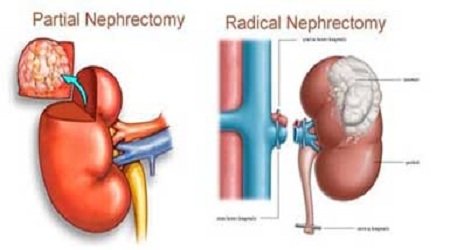
In intrabdominal testis, this procedure is performed under general anesthesia by inserting a telescopic port through the umbilical area after making an incision.
Other two ports are inserted from either side of lower quadrant of the abdomen, diagnostic laparoscopy is performed to locate the testis and sizer or identify the presence of a hernia then the urologist carefully manipulates the testis into the scrotum and stitches into its place.


In this the ureter pelvic junction is removed and ureter is reattached to the pelvis of the kidney to create a wide opening by using a surgical robot to guide the tools through a small incision in the abdominal wall.
It is less invasive than open prostatectomy, performed under general anesthesia were the surgeon makes small incisions on the abdomen to insert the camera and surgical instruments then the surgeon carefully removes the prostate gland from surrounding tissues.
Your Search for Urocare Ends Here.
Makstar Super Specialty Health CenterNo 1, Ex Servicemen Colony,RT Nagar, Bengaluru, Karnataka 560032
Mobile: +91- 63644 27341
urocarebangalore@gmail.com
Powered By Gladias Consulting Pvt Ltd